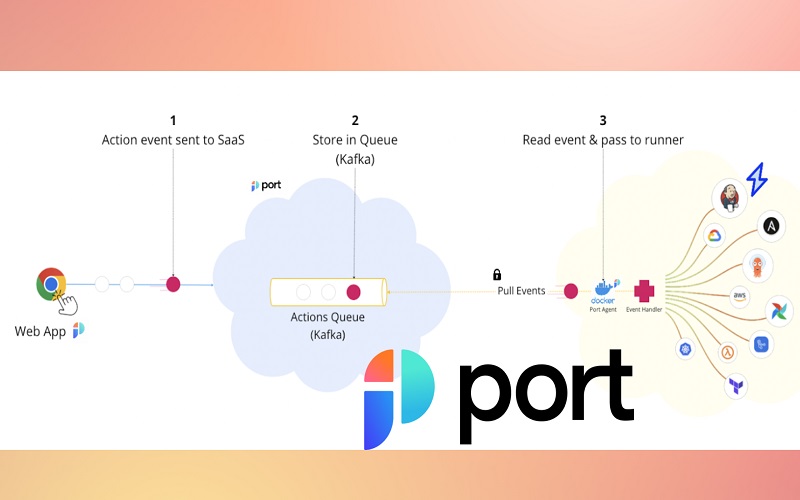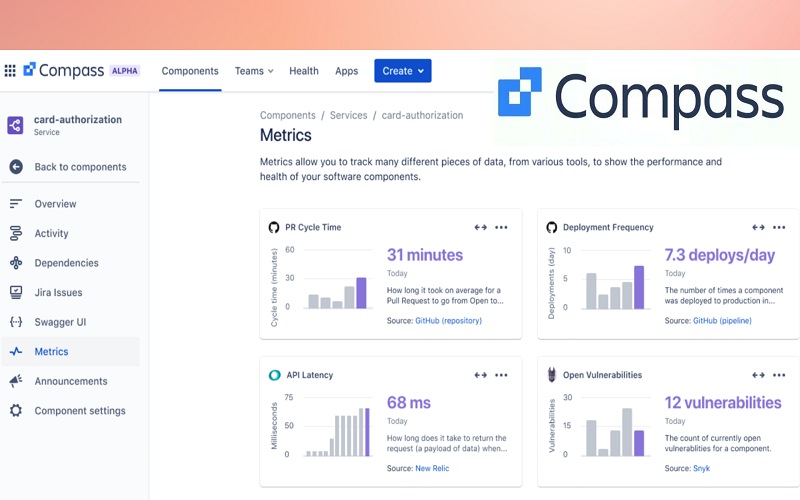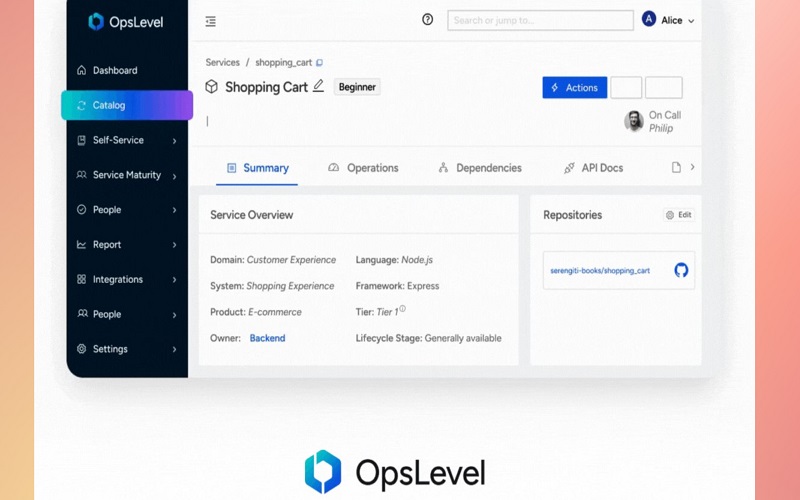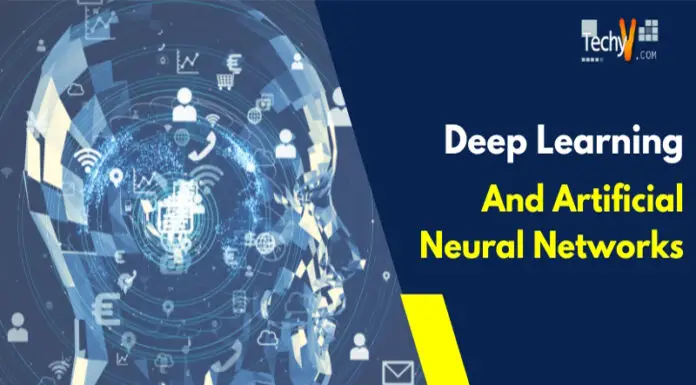In today’s world of complex software and rapid development cycles, it is crucial to choose the right portal that can understand the tech stack and goals of an engineering organization.
An Internal Developer Portal offers a user-friendly interface to the platform to simplify the complexity of the software development process. An Internal Developer Portal streamlines software development process by providing a singular user interface to meet unique requirements of different Dev groups.
Unlike Internal Developer Platforms that prioritize the code-to-cloud deployment process, an Internal Developer Portal offers a centralized hub for various tools, resources, and APIs needed at every stage of software development.
An Internal Developer Platform offers integrated tools such as CLI, build automation, and CI/CD pipelines to help developers. It aims to lessen developer’s cognitive load by consolidating resources and increasing their accessibility to essential tools. But sometimes, it becomes difficult for developers to access the platforms due to security reasons or lack of knowledge to access the platform’s resources directly. In this scenario, an Internal Developer Portal can help developers understand the tech stack and access resources for each service directly from the portal. By offering work automation, the portal ensures that all necessary information is given to the developer without complications.
An Internal Developer Portal aims to foster innovation and collaboration within an organization and improve the quality of engineering practices. The portal empowers developers by providing self-service actions with built-in safety measures.
An Internal Developer Portal comprises of four central pillars:
- Software Catalog
- Self-Service actions
- Scorecards
- Automation
All these pillars are interrelated with each other, and the absence of any one component will significantly affect the performance of other components. Let us check the top 10 Internal Developer Portals to consider.
1. Port
Port offers a platform for engineers to build a no-code and holistic Internal Developer Portal. Port supports the developer’s self-service actions and workflow automation. Port’s software catalog includes microservices, resources, customizable assets, and scorecards. It can be utilized for automation and CI/CD processes. Blueprints are one major component in Port. Blueprints support representing various assets in Port, such as packages, microservices, databases, etc.

2. Massdriver
Massdriver enables teams to focus on developing high-quality products by streamlining the cloud infrastructure management and DevOps processes. The portal offers cloud features such as the ability to scale and move quickly, while maintaining security and compliance standards. The platform focuses on establishing connection between developers and operation teams, by offering a dynamic space for creating and optimizing robust cloud architectures. Massdriver integrates infrastructure and application management into your CI/CD system effortlessly.

3. Configure8
Configure8 is an enterprise-level Internal Developer Portal that helps developers move faster and build better software. The platform enables developers with self-serve access to details and functions they need to develop the software. Developers rely on Configure8 to promote self-service actions and efficiently manage cloud expenses. The portal’s Scorecard plays a crucial role in maintaining high levels of security and reliability. The platform also boasts a universal catalog that efficiently manages all technical details of your team and services.

4. Backstage
Backstage is an open-source developer portal empowering developers to create service catalog on their own. The platform enables large teams to document their services and infrastructure. You can create new components like microservices and resources from the existing templates. With the help of Backstage’s Software Catalog, teams can efficiently manage ownership and metadata of all software within the organization. The team members can locate the resources they need using its Service catalog.

5. Cycloid
Cycloid offers solutions to optimize platform engineering, reduce the burden on IT teams, and advocate sustainable IT practices. The focus is to establish a future wherein technology and sustainability coexist harmoniously, to pave the way for a long-lasting impact on the planet. Cycloid motivates users to interact with DevOps and cloud infrastructure without requiring any expertise. The platform offers best practices to manage cloud expenses and reduce carbon footprint efficiently.

6. Cortex
Cortex offers engineering teams valuable insights into the software systems interactions by combining service and resource metadata into a uniform entity descriptor written in YAML language. Cortex boasts a service catalog and tools to assist teams in managing their microservice environment effortlessly. The platform keeps track of ownership details, metadata, and group tags. The platform supports self-hosted and cloud deployments via a Helm chart to manage Kubernetes.

7. Harness
Harness focuses on reducing the burden on developers by allowing them to manage their software effortlessly and ensuring easy access to all the resources and tools. The portal enables developers easy access to self-service options for speeding up the onboarding process of new teams. Harness measures your service maturity while upholding your DevOps and development best practices. Software catalog is the core feature of Harness IDP powered by Backstage.io. The catalog displays details of each software component, including build information, deployment specifications, dependencies, and other details.

8. Atlassian Compass
Atlassian Compass was built for Atlassian’s large engineering teams to help them track and document all of their services and dependencies. The internal developer portal allows developers maintain ops readiness and security standards, enhancing overall developer satisfaction. Compass offers integrations with tools like GitHub, GitLab, AWS, etc. Compass leverages publicly available APIs supported by GraphQL to enable developers to integrate information across the entire toolchain.

9. Facets
Facets is an innovative self-serve infrastructure management solution offering a unified interface for the Devs and Ops teams to collaborate. Its microservice catalog presents engineering teams with comprehensive details of all the services rendered and owners of various services. The platform aims to simplify platform engineering for large and complex cloud workloads. Facets ensure the same information is available to all the team members to maintain uniformity.

10. OpsLevel
OpsLevel offers engineers innovative ways to manage and interact with services like launching campaigns from dedicated hubs. The uniform interface seamlessly integrates with various services, including Jenkins, GitHub Actions, Slack, and more. Engineers can utilize OpsLevel to create new services, integrate toolchains, and monitor operations from a convenient location. Its dynamic dashboard displays service information in detail. Opslevel’s uniform interface makes it convenient for developers to manage everything, including tools, services, and systems, from one place.



















